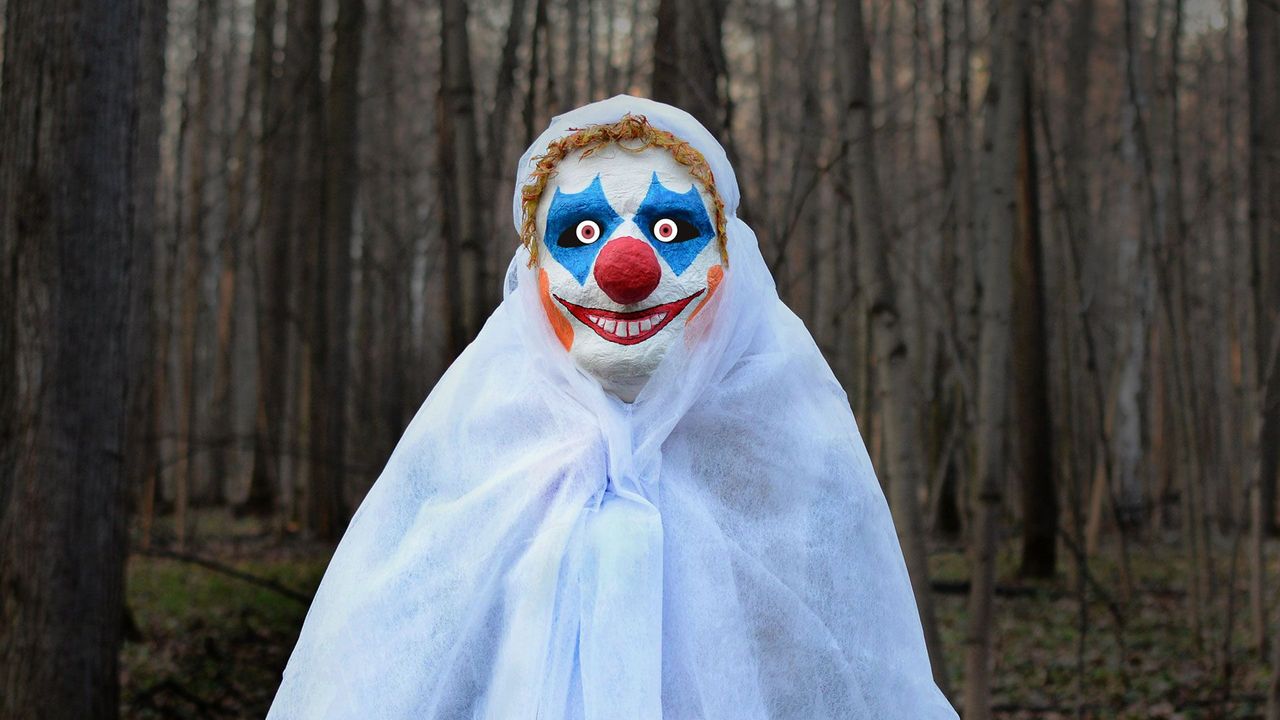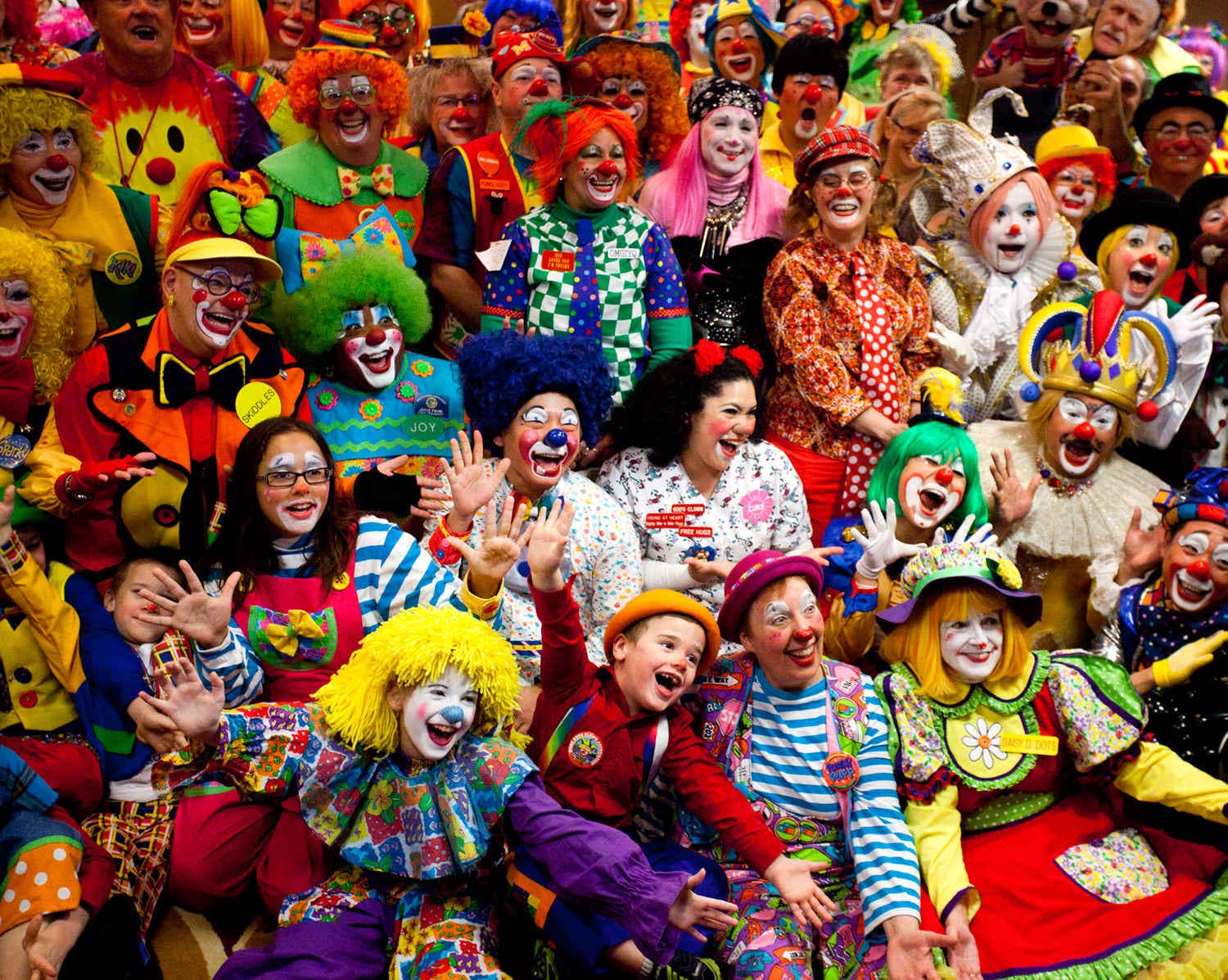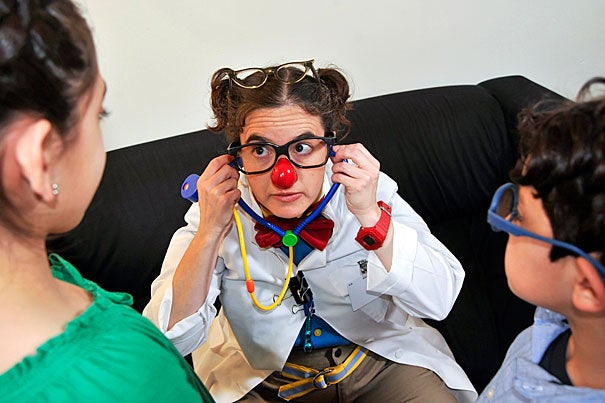All Occasion Performers - Questions
Wiki Article
The 20-Second Trick For All Occasion Performers
Table of ContentsAll Occasion Performers Fundamentals ExplainedThings about All Occasion PerformersThe Buzz on All Occasion PerformersNot known Details About All Occasion Performers All Occasion Performers - Truths
He specialized in pigs and burros, which he trained and offered to various other clowns. He also provided an act with a qualified rhinoceros and is the only individual in circus history to offer a tightrope walking elephant.He was additionally a philanthropist who offered generously to several charities and he put up the initial monument to soldiers eliminated during the Civil Battle - Corporate events Dallas. Beginnings of the Auguste characterThere is an extensively told tale regarding the origins of the Auguste clown. According to the legend, an American acrobat named Tom Belling was doing with a circus in Germany in 1869
The supervisor all of a sudden entered the area. Belling took off running, ending up in the circus arena where he fell over the ringcurb. In his humiliation and haste to leave, he dropped over the ringcurb once more on his escape. The audience shouted, "auguste!" which is German for fool. The manager regulated that Belling continue looking like the Auguste.
How All Occasion Performers can Save You Time, Stress, and Money.
For one point, words Auguste did not exist in the German language till after the character came to be popular. Among the concepts of the actual beginning is that Belling duplicated the personality from the R'izhii (Red Haired) clowns he saw when he explored Russia with a circus (https://www.pageorama.com/?p=all0ccperf0rm). Personalities like the auguste certainly existed formerly

The dancing later on became referred to as faucet dancing. It ought to be kept in mind that there are alternate 'origins' for the vagrant character"among which was the traveling "hoe children," or travelling ranch employees, who rode the rails from one town to one more, wiping the residue away from their eyes & mouth.
More About All Occasion Performers
Keep in mind that the shock wig, overstated lips and eyes, oversized apparel and props of the American clown, props such a club soda, stuffed clubs, exploding stogies, and whistles loaded with soot, are not Grimaldi's. They come from Tambo and Bones. The English blackface comic Charles Mathews involved America in 1822 to do and examined black life and custom-mades.Nobody understands where the mummers' plays and Morris dancings originated from. In such plays there is a mishmash of personalities consisting of "kings" and "saints", cross-dressing, and blackface duties; the faces of Morris (or "Moorish") dancers were likewise blackened. The mummer's plays were except enjoyable. The majority of were executed by bad males in the hungry time after Christmas.
If refuted, they would plow the culprit's yard. The Derby Play of the Tup was performed for food and beer by out of work young people. This use of blackface for political action camouflaged as entertainment persisted in America when the offspring of these guys blackened their faces to protest taxes. One such objection has actually gone into American history as the Boston Tea Ceremony.
Indicators on All Occasion Performers You Need To Know

While not the lavish affairs we consider today, some early, rougher kinds over at this website of taking a trip circus were prominent in America from Revolutionary times-- George Washington was a follower. Blackface clowns carried out in them from a minimum of the 1810s and possibly prior to; they were a staple by the 1820s. The wide red or white mouth painted on by modern-day clowns is a residue of the blackface mask.
In many respects minstrelsy was born when these performers relocated their acts from the camping tent to the phase of American selection movie theaters. There was a solid element of clowning in minstrelsy. The blackface mask was a clown's camouflage, overemphasizing the facial features into an animation, a caricature. The blackface clown may be the forerunner these days's anodyne circus clown, but or else both are as opposite as blackface and whiteface.
The All Occasion Performers Statements
Who in nineteenth-century America was more of a Besides the ? What much better mask than blackface? In lots of customs the clown would certainly show some physical deformity, like a hunchback, dwarfism-- or like Jim Crow, lameness - Corporate events near me. And since he was different, an Others, the clown was permitted to say and do things no person else could.Satire and parody were central to minstrelsy. It's interesting that in the West African cultures from which most servants came, the poet-singer griot served the exact same satirical jester function when the celebration emerged. That may have something to do with the interested (to us, looking back) simplicity with which Southern Blacks accepted not simply the songs but even the undermining humor of minstrelsy.

Emmett Kelly was the finest known vagrant clown with his character "Fatigued Willie."Vagrant clowns are experienced: + jugglers + magicians + pianists + chalk talk artist + cyclists.
Report this wiki page